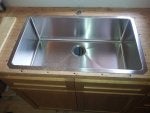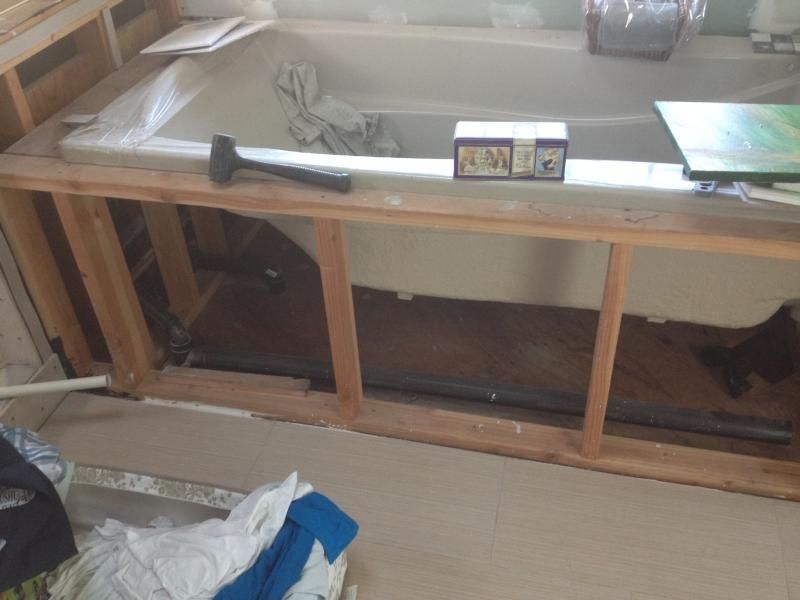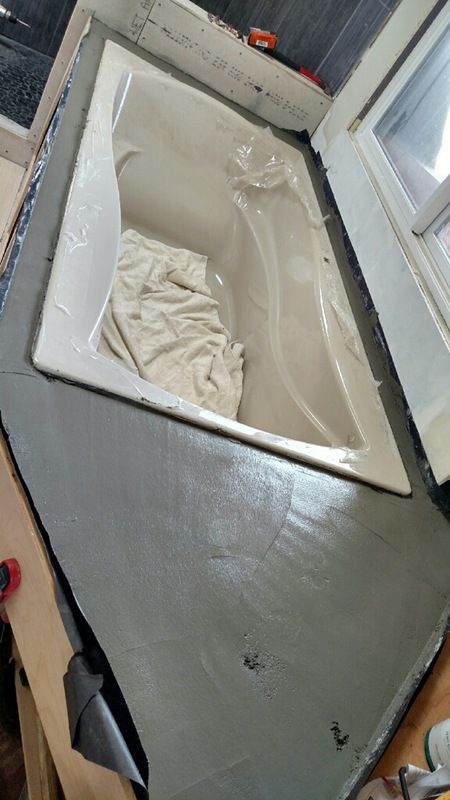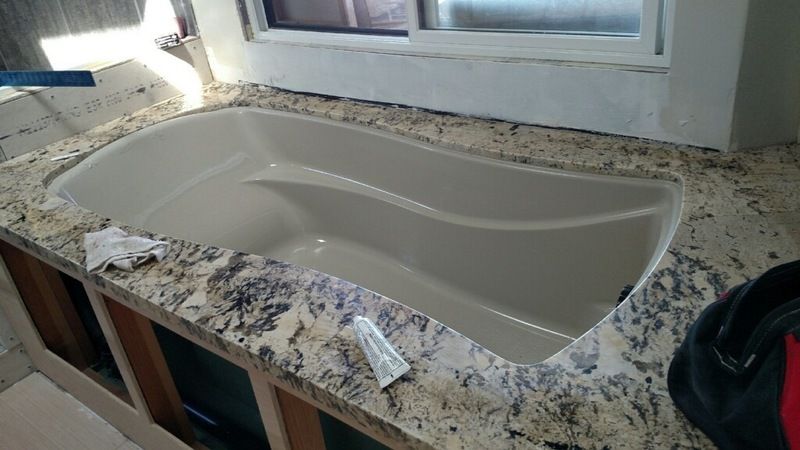Hi,
I had granite counter tops installed in my kitchen yesterday, and looking them over after the contractors left, we noticed a crack in a section around the front of sink. If you run your fingernail over the crack, you can feel it, it's definitely not just a fissure or natural part of the granite in my opinion. We called the installers, and the guy who came today insisted that this was not the case, denied that it was a genuine crack, and then said he'd have one of his guys come and "seal it".
Looking online, it appears that the people who install counter tops are very rarely qualified to fix cracks in an appropriate fashion.
Am I correct in assuming that a crack that can be felt by my fingernail is indeed a crack, and not a "regular part of the granite" as he suggested? How should I proceed?
Thanks!
I had granite counter tops installed in my kitchen yesterday, and looking them over after the contractors left, we noticed a crack in a section around the front of sink. If you run your fingernail over the crack, you can feel it, it's definitely not just a fissure or natural part of the granite in my opinion. We called the installers, and the guy who came today insisted that this was not the case, denied that it was a genuine crack, and then said he'd have one of his guys come and "seal it".
Looking online, it appears that the people who install counter tops are very rarely qualified to fix cracks in an appropriate fashion.
Am I correct in assuming that a crack that can be felt by my fingernail is indeed a crack, and not a "regular part of the granite" as he suggested? How should I proceed?
Thanks!























